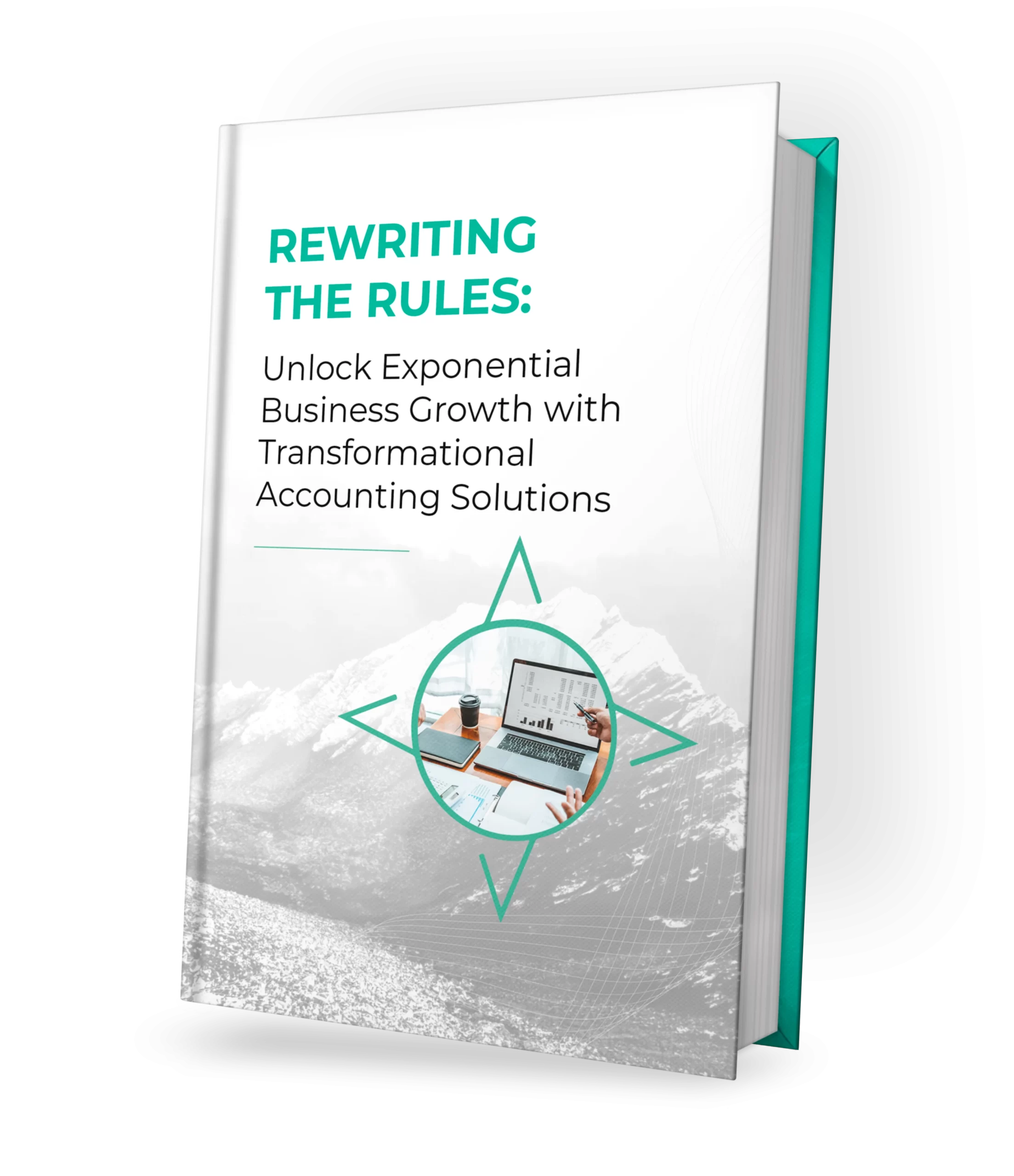Yearend Tax Planning Tips for Your Business
As the year draws to a close, this is the best time to explore how best you can save on your business taxes. Many smart and effective tax planning strategies need your attention and action before the year ends. It is best to talk to your tax advisor before making decisions and finalizing any yearend plans. This article discusses some of our favorite tax planning topics to consider.
Your business is now in a new normal. So many things have changed since last year, including business strategies, business processes, scale of remote working and overall business circumstances. The pandemic also brought along the Coronavirus Aid, Relief and Economic Security (CARES) Act. There are also Tax Cuts and Jobs Act provisions modified for 2020 and earlier years and other usual provisions.
Business Relief Provisions Due to COVID-19
In order to give COVID relief related to businesses, a number of provisions of the Tax Cuts and Jobs Act were modified for 2020 and earlier years.
The CARES Act provisions allows businesses to carryback net operating losses (NOLs) up to five years. The 80% of taxable income limitation on the use of NOLs has also been temporary suspended. Now you can fully offset taxable income during the allowed tax years, regardless of when the loss was generated.
Your business may want to take advantage of changes to carryback availability by amending tax years dating as far back as 2013 for tax year 2018. The last tax year this applies to ends on December 31, 2020.
Previously, every business was subject to a disallowance for interest expense greater than 30% of adjusted taxable income (ATI). Under the CARES Act, for 2019 and 2020, the business interest deduction limitation has been relaxed and allows for an increased interest deduction of up to 50 percent of ATI. This interest deduction limitation will revert back to 30% next year for tax year 2021.
ATI is similar to EBITDA is computed without regard to deductions that allow for depreciation, amortization, or depletion for tax years beginning after December 31, 2017, and before January 1, 2022.
There are special rules for partners and partnerships.
Tax Planning for Real Estate Owners – Qualified Improvement Property (QIP)
Qualified improvement property or QIP includes most non-structural improvements that you make to the interior of a non-residential building.
If you made improvements to real estate, you may be able to write off those costs in full through bonus depreciation rather than capitalize and depreciation. The CARES act corrected a technical issue in the 2018 TJCA and now Qualified Improvement Property is eligible for bonus depreciation, again. If you improved your heating, ventilation and air conditioning (HVAC) systems to make it safe to operate under COVID-19, those costs as well as improvements to roofs, fire protection, alarm and security systems are also eligible.
The CARES Act reclassified QIP as having a 15-year depreciation period (from the previously set 39-year period). As this change applies to any property you acquired and placed in service after December 31 2017, you may want to amend your prior year taxes to claim the extra depreciation under this retroactive provision or file a change in accounting method to take the bonus depreciation with tax year 2020.
PPP Forgiveness Considerations
A PPP is a loan with an interest rate of 1% that provides a direct incentive for small businesses to keep their workers on the payroll. Small Business Administration (SBA) will forgive your PPP loan if you meet all employee retention criteria and use the funds for eligible expenses including payroll costs, interest on covered mortgage obligations, covered rent obligation payments and any covered utility payments. Note that these are typically deductible business expenses.
However, according to the most recent IRS guidance, small businesses who received PPP loans and used those funds to pay off deductible eligible expenses cannot deduct these expenses if they reasonably expect to receive forgiveness of their PPP loan, even if they haven’t yet received or applied for forgiveness.
Connect with your tax advisor about the best PPP forgiveness strategy for your business and whether you should apply for forgiveness or wait. PPP forgiveness and tax issues seem to be constantly evolving, stay tuned for updates.
R&D Tax Credit for Startups and Small Businesses
The federal covers process development and experimentation, software development and new product development. This is something many startups and small businesses frequently fail to consider in their tax calculations due to a variety of misconceptions.
The pandemic has caused many businesses to dramatically transform their operating models. This is why it’s a good idea to check with your tax advisor to see if your company qualifies for this dollar-for-dollar offset of income tax liability.
Also, if your business does not take the R&D tax credit you may be able to expense R&D costs. As of right now, 2021 will be the last year you can expense theses research and development costs, rather than capitalize and amortize them.
State Sales & Income Tax Considerations
The Wayfair Supreme Court case in May 2018 changed the sales tax landscape in the US. Do you sell products or services in more than one state? Is your company currently filing sales and use tax returns in all the states where you have sales? Generally prior to Wayfair, businesses were subject to a state’s laws and bore responsibility to collect sales tax in a state only if they had a physical presence in the state. The Wayfair ruling eliminated this requirement and created a new concept of “economic nexus” which shifted the tax collection and reporting burden for online purchases to businesses if they had significant sales into the state.
The following businesses are affected by the Ruling:
- Retail or eCommerce companies without a physical presence in the tax jurisdictions where your customers are located
- Technology businesses selling SaaS, cloud, and digital goods/services to end users
- In-bound companies, with no US permanent establishment (PE), that sell in the US
Your liability will be determined by sales volume thresholds established by the relevant states. Keep your tax advisor informed about where you are doing business so that they can explain how each state in which your customers reside are interpreting and following the Wayfair-related laws. They can then analyze your sales and tax liabilities regarding each state in which you have customers. Be prepared for rising tax rates everywhere as state governments look to make up for the dramatic drops in tax revenues resulting from the pandemic.
Due to COVID-19, now you may have employees who work from their homes in other states besides where your business is located. This is another instance in which you may be subject to state and local taxes in their home states, for that part of the year in which they worked from home. Your payroll tax liabilities may need to be apportioned across states outside of your headquarters. This means that you may have to file taxes in new states and pay estimated taxes in some of them.
Consult your tax advisor early so that you can meet your tax obligations accurately and on time, across various jurisdictions.
Capitalization Policy
Review your capitalization policy to see whether it is worthwhile expensing small-dollar capital expenditures immediately. The de minimis safe harbor, also referred to as the book-tax conformity election, is an administrative convenience. It allows your business to deduct small-dollar expenses incurred in the acquisition or production of property that would otherwise have to be capitalized.
With this election, your business may deduct relevant small dollar expenses up to $2,500 or $5,000 per invoice, other than amounts you have paid for inventory or land.
If you use the cash method for accounting, your business may benefit from deferring billings of some purchases until the next year. Alternately, you may want to accelerate certain expenses to the current year in order to make use of this election.
20% Pass-Through Business Income Deduction
Owners of some pass-through entities–Subchapter S corporations, partnerships and some limited liability companies–are able to take a 20% deduction on qualified business income (QBI) thus helping reduce their maximum effective tax rate.
If your income is high your deduction may be limited to 50% of the total wages your business paid to its employees (W-2), including your employees’ elective deferrals for 401(k) plan contributions. Or, your deduction could be limited to the sum of 25% of the wages plus 2.5% of depreciable fixed asset costs. These figures include reasonable compensation paid to an S corporation owner-employee.
Interestingly and unfairly radically different results can be found for a Sch C Sole Proprietorship and S-Corp with substantially similar activities where the owner is the sole employee/self employed.
Find out whether you have paid enough wages in 2020 for you to maximize this deduction. If the figure is close, you may want to bonus your employees (or yourself). This is particularly relevant for smaller, closely held businesses, where the owner happens to be the most highly compensated employee.
Please note that the QBI deduction limitations and restrictions are set at the owner level. This is why yearend planning for 2020 should include paying attention to salaries as well as the timing and distribution of income which may be accelerated or deferred.
It is timely to consider whether you wish to change your business entity type or whether it makes sense to carve out a segment of your business into a separate entity. Both these instances may help you to qualify for the QBI deduction. Before you make any changes, and before the year ends, discuss these matters with your tax advisor and your attorney. Your tax advisor needs to be willing to gain a deep understanding of how your business works before making meaningful recommendations.
Housekeeping – Finalize Documentation for Vendor Payments
When your company pays individuals or business vendors (independent contractors) for the supply of goods or services, you should collect a sign W-9 form to build out your vendor record prior to issuing payment. issue a 1099 form and report each payment to the IRS.
At the end of the year for each vendor who was paid $600 or more the business must issue IRS form 1099 to report the payment to the vendor and IRS.
Now is a good time to check whether you have current, signed W9-s from all vendors you worked with this tax year. Complete vendor records allow for easy 1099 filings before their due date on January 31st. Late filing of mandatory 1099s could result in penalties for your small business that can range between $50 to $280 per 1099 form with a maximum penalty of $1,130,500 for the year.
Learn More About Year End Tax Planning for Your Business
These are just some of the strategies you may employ for more effective yearend tax planning for 2020.
At AccountFWD, we guide entrepreneurs and businesses on how best they can optimize their tax position. If you have questions about tax planning or want to take a deep dive into planning for QBI send us a note, schedule a time to connect, or give us a call 954-686-8687.

